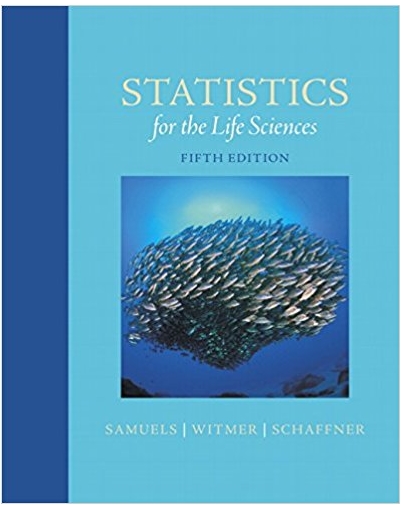Suppose that for (uncounseled) sexually active individuals the probability of acquiring an STD in a 6-month period
Question:
(a) Using your interval computed in Exercise 9.S.21, is there compelling evidence that the 6-month STD probability is different for those who receive counseling?
(b) Using the data from Exercise 9.S.21, conduct a nondirectional chi-square test to determine if the 6-month STD rate is different for counseled individuals compared to the uncounseled population.
(c) Do your answers to parts (a) and (b) agree? Explain.
Fantastic news! We've Found the answer you've been seeking!
Step by Step Answer:
Related Book For 

Statistics For The Life Sciences
ISBN: 9780321989581
5th Edition
Authors: Myra Samuels, Jeffrey Witmer, Andrew Schaffner
Question Posted:





